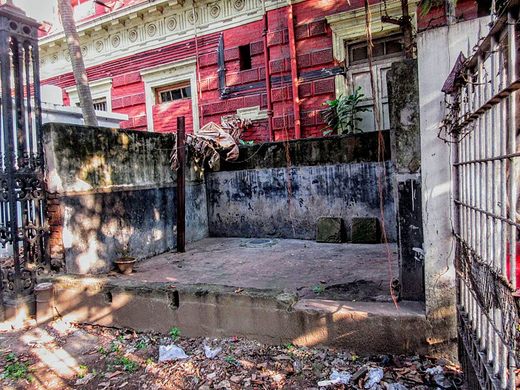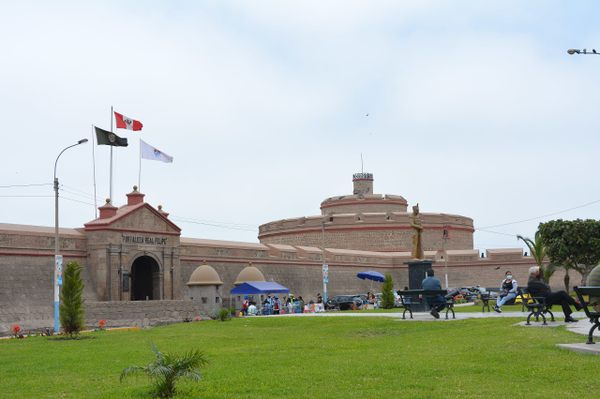The Black Hole of Calcutta
The site of an atrocity that would be used to justify Britain’s conquest of India.
Some historians consider the Black Hole of Calcutta to be a catalyst for Great Britain’s eventual conquest of the Indian subcontinent. One ruler’s overzealous attempt to end the foreign presence in India inadvertently contributed to Great Britain dominating the country for almost 200 years.
In 1613, the Mughal emperor and the East India Company signed a treaty to secure a trade deal. Although the East India Company was a commercial organization, it came to have a quasi-governmental role in the region, minting money, forging diplomatic relationships, building fortresses and commanding private armies, in addition to building factories and trading posts.
Siraj al-Dawlah, the nawab of Bengal, grew to resent the foreign influence in his province. In 1756, he sent forces to overtake Fort William in Calcutta (modern day Kolkata), and after three days of intense fighting, the British forces surrendered. All the prisoners were put into the fort’s small holding cell, known as the “black hole.” According to the account of chief magistrate John Zephaniah Holwell, 146 captives were placed into a cell measuring 18 by 14 feet (though modern scholars estimate that there were 65 captives).
Their only source of light and fresh air was a tiny window. Some prisoners passed out from dehydration, and were crushed under the weight of their fellow captives. When cell door was opened the next morning, Howell described the survivors as “the ghastliest forms,” and reported that only 23 survived.
When news of the incident reached Great Britain, it shocked the nation. Some within the British government and merchant class saw opportunity in the atrocity, and used the cruel event as propaganda to promote imperial control of the Indian subcontinent. They argued that the Mughal emperor couldn’t guarantee the safety of British subjects, so the British would have to do it themselves and bring India under the authority of the crown.
A monument commemorating the British officials who died was erected at the original site of the Black Hole within Fort William in 1901, and was eventually moved to the grounds of St. John’s Church in 1940.
Know Before You Go
The site of Black Hole is located within Fort William in the city of Kolkata, though only the footprint of the small jail cell remains. It can be found in an alleyway between the General Post Office and an adjacent building to the north, in the northwest corner of Benoy-Badal-Dinesh Bagh. A monument to the victims can be found on the grounds of the nearby St. John’s Church.
Plan Your Trip
The Atlas Obscura Podcast is Back!




















Follow us on Twitter to get the latest on the world's hidden wonders.
Like us on Facebook to get the latest on the world's hidden wonders.
Follow us on Twitter Like us on Facebook